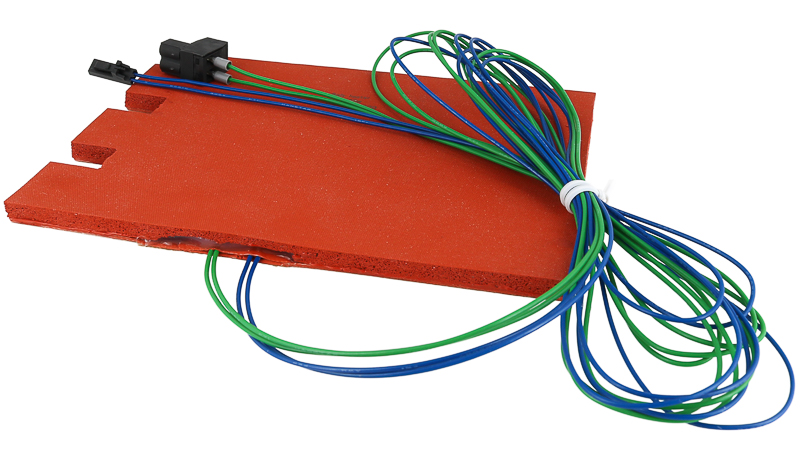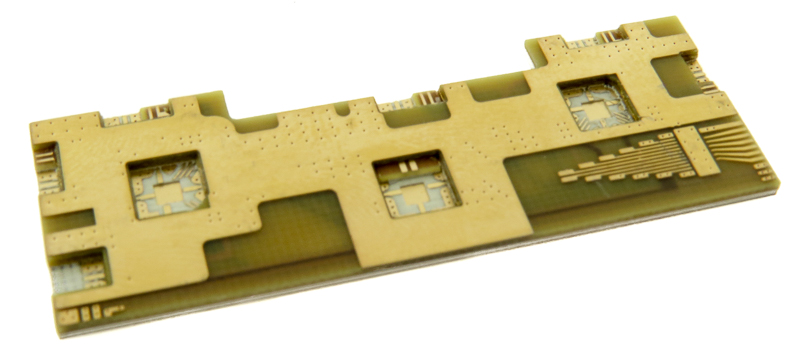When it comes to selecting the appropriate cable type for a multi-conductor , there seems to be an endless combination of wire sizes, jacket materials, conductor arrangements, and shielding methodologies.
Portable devices are everywhere. When thinking about the top portable devices that we use daily, smartphones, tablets, and laptops will dominate the list. Yet, there are numerous applications that rely on portable devices. Manufacturers of medical devices, military devices and even kid's toys rely on holder and mounting designs to secure batteries in portable devices. How the batteries are secured plays an important factor. These applications can experience a range of extremes such as shocks, vibrations, drops, and temperature fluctuations.
When sourcing custom cable assemblies, customers seek the highest quality design and manufacturing capabilities at the lowest costs. Due to these factors, many customers source their custom cable assembly builds from offshore manufacturers. These cable assemblies may consist of ordinary data cables, low voltage wire harnesses, high-resolution video cables, or something completely custom.
When power applications and equipment with custom battery packs, it's ideal to place batteries in storage when not in use for extended periods of time. This practice will prevent batteries from becoming overcharged in equipment and degrading.
It is not often we build an electronic device without any sort of prototyping, but it can happen given the nature of the project and the deadlines being met. If a customer needs a Human-Machine Interface (HMI) to hit the floor in 2 months, the time to develop and build a prototype is strained as both the customer and design engineers will want to test it and provide feedback.
Electronic devices requiring custom cable assemblies place our customers into a unique situation. They require a custom cable to ensure that their devices can operate for the desired application but also require these cables to be manufactured in a timely and economic fashion.
As with many of today’s high-speed rigid circuit board designs, flex and rigid-flex PCB designs also require controlled impedance signals. The impedance vales are the same, typically ranging from 50 ohm single ended up to 120 ohm differential pairs. However, there are differences in how the impedance values are achieved due to the mechanical bend requirements that a flex or rigid-flex circuit board must meet that a rigid PCB does not.
Medical devices are used globally to diagnose health issues and provide life-sustaining care. These devices need to have quality parts and components to operate, including cable assemblies that provide a variety of functions. Due to the nature of these devices and the industry in which they are used, manufacturers must ensure quality management processes are put into place. If a product malfunctions while in use, it could put the patient's health in jeopardy.
When applications and products require heating options, polyimide and silicone rubber flexible heaters are ideal for a wide range of uses. With optimal heat transfer, they can provide the right temperatures for electronics, instrument panels, sensors, medical devices, and food service products.
When talking about the world of technology, we often focus on the performance that circuitry and components provide to keep up with the fast-paced electronics we use in commercial businesses and our daily lives. We are achieving higher processor speeds and frequencies that become demanding on present printed circuit boards (PCBs). Yet, we also need to focus on the sizes of the applications that can have an impact on the PCB design.


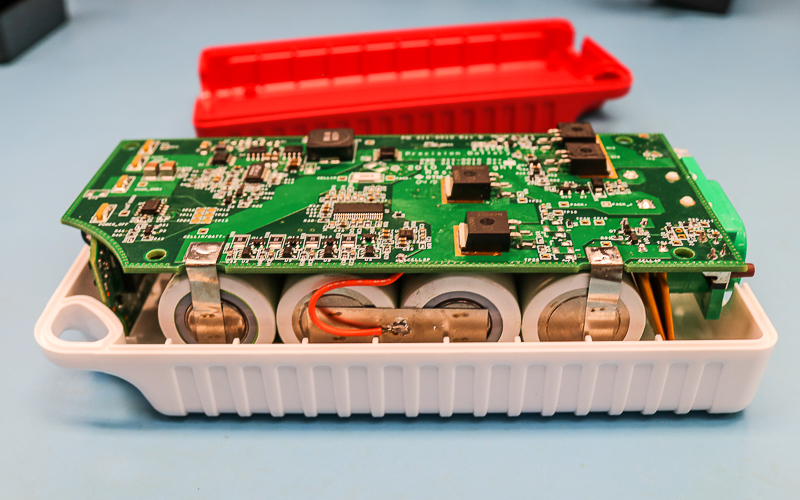

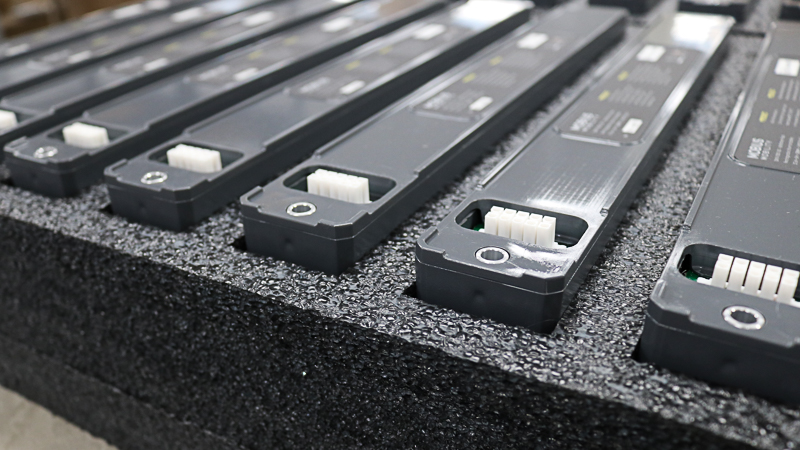
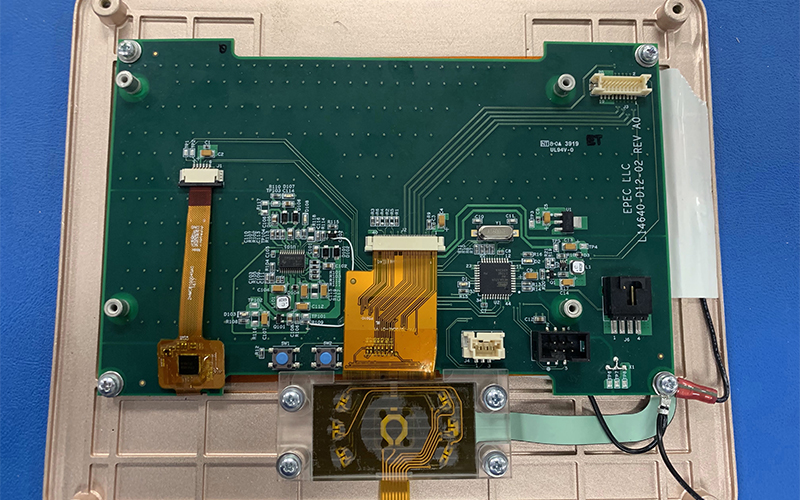
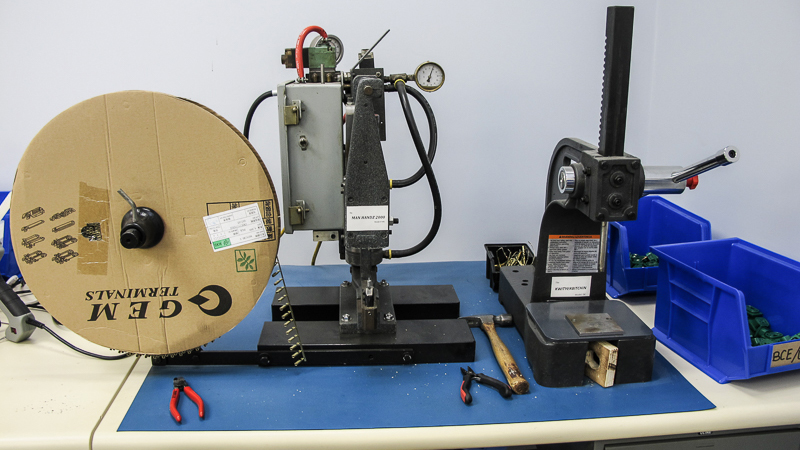
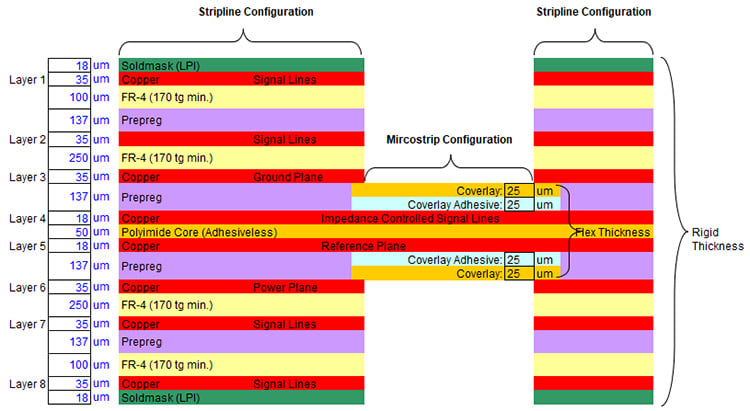
.jpg)
